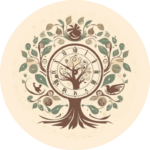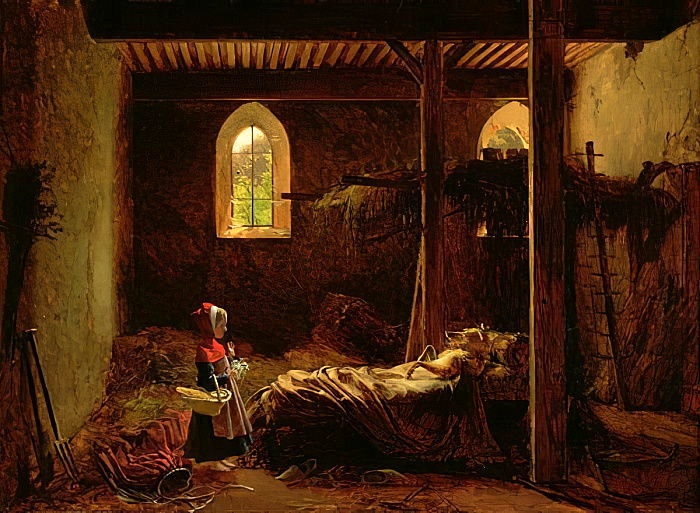How old was Little Red Riding Hood? In the earliest, 16th-century versions of the tale, she was around the age of puberty. Other details you might not know include the wolf making the girl eat her grandmother’s flesh (including her sexual organs and breasts) and drinking the old woman’s blood from a bowl before the wolf attempts to ravish the girl.
Why is it that we imagine an older woman when we think of a witch?
Close your eyes and imagine a witch. What do you see? In my case, perhaps unsurprisingly, I picture the Wicked Witch of the West as played by the wonderful Margaret Hamilton: stooped posture, hooked nose, hairy moles on a green face, slim body dressed in black robes, wispy hair covered by a hat, broom clutched menacingly in Dorothy’s direction. She’s …



